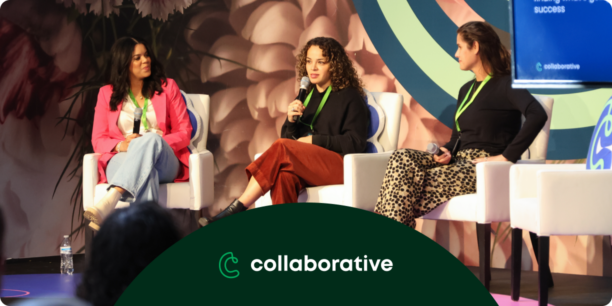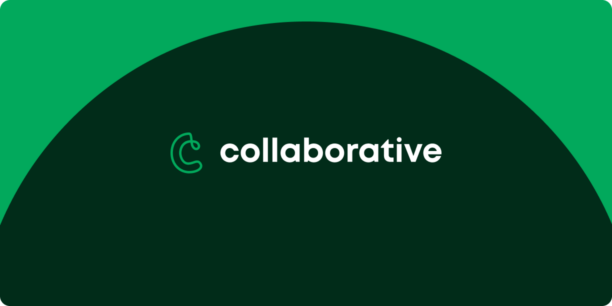What All Nonprofit Staff Need to Know About the Development Department

Everyone at your organization probably knows what your program staff do. Development, however, can sometimes seem very separate and mysterious if you aren’t directly involved. Because fundraising affects every level of your organization, your entire team would benefit from getting to know and supporting development. If you’ve ever wondered what your development staff are up to, or what they mean when they talk about peer-to-peer or capital campaigns, here is a quick introduction to the work of a nonprofit development professional.
What The Development Department Does
The development department is responsible for acquiring the funds that keep your organization going. It takes money to pay for an office, office supplies, staff payment, and, most importantly, programs. Most nonprofits are funded by a variety of revenue sources. There are individual donations, which make up nearly three quarters of all charitable giving. But there are also other sources, such as grants from the government or private foundations, corporate sponsorships, and events.
It’s a good idea to find out what the primary fundraising channels are at your nonprofit. This information can usually be found in your annual reports and will give you some insight into what sources the development department is working with.
Read Now: Funding Sources for Nonprofits
Even though development’s ultimate goal is to fund your organization’s work, they have to approach each revenue source in a different way. One person in your development department might work exclusively on fundraising events, like an annual gala and charity run/walks. Their process of promoting and recruiting will be very different from someone who works specifically to arrange major gifts (large individual donations, typically requiring months of communication and cultivation).
Meanwhile, if you have a grant writer, they will spend most of their time researching grant opportunities and completing applications. The primary fundraising sources at your nonprofit will shed some light on what development devotes their time to. If you only have one or two development staffers, they are probably juggling a lot of different responsibilities.
Stages of a Fundraising Campaign
It may seem like there are only a few times in the year when your organization is aggressively fundraising, but the planning, execution, and follow up means the development department is always busy.
Typically, the stages of a fundraising campaign will include:
- Planning – Development staff will create their communication schedules along with the appeals and updates for supporters. They will also plan their promotional efforts, goals, and engagement activities.
- Soft Launch – To ensure the campaign gets off to a successful start, it is a good idea to do a “soft launch.” This means your development professionals will appeal to your most devoted supporters ahead of the official start of the campaign. Then, when you officially launch, you already have some momentum.
- Hard Launch – This is the official launch of your campaign. This can include promotion on your website and social media along with an announcement and appeal to your email audience.
- Active Period – This is the body of your fundraiser, whether it’s a 24-hour campaign or a month-long event. Development professionals often set sub-goals to stay on track and plan new appeals or engagement opportunities to get through any mid-campaign slumps.
- Push to the Deadline – In many cases, the rate of donations picks up toward the end of the campaign. The pressure is also on for your development team, so don’t be surprised if they seem stressed. Like a road race, the excitement ramps up when you can see the finish line.
- Thank You and Follow Up – The donation deadline doesn’t mean the work is over for development. At most nonprofits, saying “thank you” and stewarding donors is a huge responsibility for the development department. These days you can set up your fundraising platform to send automated receipts and thank you messages, but you should also send more personalized messages and keep donors updated on the campaign and the programs it supports.
How to Help
Now that you have some idea of what your development team works on, you can start to think about how to support them. There are a few simple things nonprofit staffers can do to help their development department succeed.
- Share Great Stories With Them – A big part of fundraising is appealing to donors and proving your impact. People are touched and motivated by stories, so if you have a fun or heart-warming anecdote from the field, pass it on. The story of an individual you helped or a small problem you solved might be the perfect content for an upcoming appeal.
- Keep Communication Open – The development team needs to know what is going on throughout the organization. Whether it’s presenting new evidence of your impact or answering donor questions on an unforeseen roadblock, your development staff need to be in the know. Communication with development is especially important for the marketing department. Because you both speak to your supporters, you should work together to make every message and promotion as efficient and effective as possible.
- Report All Donor/Funder Interactions – Development is an ongoing process and a single donation or sponsorship can take months (or even years) to complete. Development will be more successful if they know what interactions a donor, sponsor, or foundation is having with your organization. Help them stay on top of your funding opportunities by letting them know when you communicate with a funder. Your conversation might hold a clue for how best to approach the supporter.
Development isn’t always the most exciting and celebrated part of the nonprofit sector, but their work is absolutely indispensable. Whatever your role in the organization is, the development team is supporting you by acquiring funding, so help them help you. Development affects everyone, and every part of a nonprofit impacts the development department.

A Nonprofit's Guide to Customer Service


